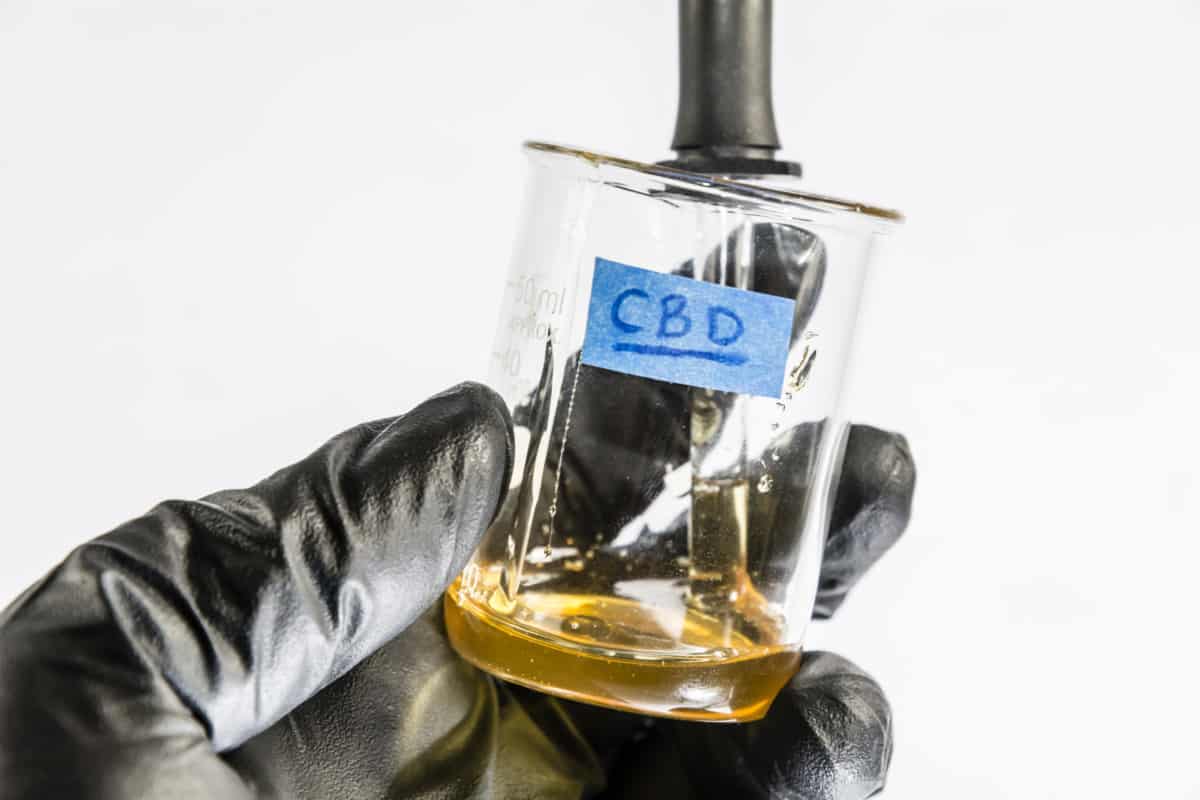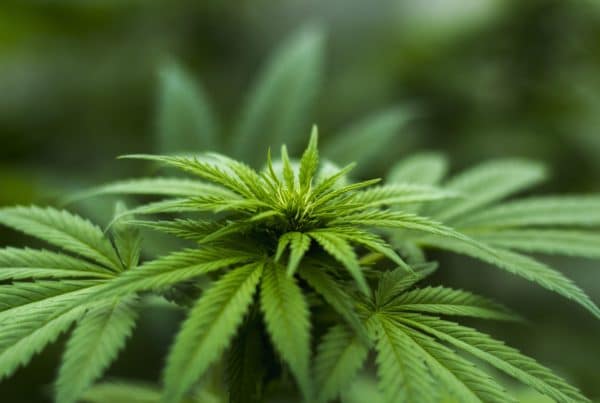Health Benefits of Medical Marijuana
With legalization spreading throughout the United States, marijuana is the fastest growing industry in the country. Quantum 9 takes a deep dive into the 10 Health Benefits of Medical Marijuana.
Medical marijuana is now legal in 30 states and Washington D.C. and shows no signs of slowing down.
Research on the benefits of medical marijuana treatment is easier to conduct with growing support from the U.S. government.
Of course, there is still a ton of research that needs to be done on the subject, but the results thus far have been promising, giving hope to millions of people.
If you have a condition, disease, or any other health issue, there’s a chance it could be treated or even cured by using marijuana.
Before talking about the health benefits of medical marijuana treatment, let’s take a close look at what cannabis is, and some of the different terminology you will encounter.
Medical Marijuana: What You Need To Know
There are hundreds of strains of medical marijuana available for patients with all kinds of health issues.
In order to navigate and learn about the cannabis world, it is important to understand the terminology you will encounter along the way.
Types of Strains
There are three types of marijuana: Sativa, Indica, and Hybrid. All three have distinct characteristics and will affect the patient in completely different ways.
Sativa strains tend to be the most uplifting, energizing, and euphoric strains. They are great for improving focus, creativity, and productivity.
They are helpful to people suffering from depression, ADHD, migraine headaches, and chronic pain.
Indica strains are best used in the evening time when you don’t have to focus on any tasks. They tend to be more relaxing, sedating, and calming as compared to Sativa.
An Indica strain is best for treating sleep disorders, issues with appetite or nausea, and anxiety.
Hybrids are a cross between Indica and Sativa. Some strains may lean more towards one or the other so hybrids can vary widely in their effects.
These strains are best looked at on an individual level because of the variety of hybrids available to patients.
CBD vs. THC
The two most talked about chemical compounds found in marijuana are CBD (cannabidiol) and THC (tetrahydrocannabinol).
CBD is a non-psychoactive compound found in cannabis. This means that on its own, CBD can’t make a patient feel high. It is strictly used for medicinal purposes.
It can help patients with anxiety, depression, chronic pain, and many other general health conditions
CBD is best used for patients who do not want to experience the “high” associated with marijuana. It can be used daily or as needed depending on the patient’s condition.
CBD can be smoked but is more commonly ingested in its concentrated oil form. This allows patients to use CBD freely throughout the day.
CBD is legal to use in all 50 states because it is non-psychoactive, unlike THC.
THC is the psychoactive compound found in marijuana that gives the user a feeling of euphoria, or a high.
THC is a tremendously useful medicine, specifically for patients who suffer from epileptic seizures, PTSD, nausea or issues with appetite, difficulty falling asleep, and much more.
Forms of Medical Marijuana
There are different kinds of marijuana you will encounter when treating your disease or condition.
The traditional form is the bud itself. The traits of bud can vary in both feeling and appearance based on which strain it is.
Some strains may be dark green, light green, purple, or a combination of all three.
You may find one type of bud to be sticky and loose, and another dense and drier.
Medical marijuana in the forms of wax and oil are also popular. These are a more concentrated version of cannabis and works well for people who enjoy vaping.
Patients will often use wax or oil in vape pens in small doses. Pens are easy to travel with and can be used more freely when compared to smoking actual bud.
How to Consume Medical Marijuana
There are several ways for you to ingest cannabis for medicinal purposes.
The first and most common is by smoking it. This allows for the immediate onset of the effects provided by the medicine.
Vaping is another option for instant relief and has been rapidly growing in popularity. It allows patients to get the benefits right away, without actually taking in smoke.
Eating edibles is another method that allows patients to control how much THC or CBD they are ingesting.
As opposed to smoking and vaping, it will take about 45 minutes to two hours before the patient begins to feel the effects of the medicine. This makes edibles a less viable option for people who need instant relief.
You can also apply medical marijuana as a topical treatment. CBD and THC can also absorb through the skin, allowing for pain relief in isolated areas.

how to take cbd oil
Medical Marijuana: How it Can Help
Now that we’ve gone over some of the important terminology related to medical marijuana, it’s time to discuss the incredible health benefits.
With the U.S. government becoming more on board with the medicinal powers of cannabis, more and more research is being done.
There’s still a long way to go, but the findings thus far have been promising and encouraging to millions of people all over the world.
Let’s take a look at ten of the profound health benefits of medical marijuana treatment.
1. Epileptic Seizures
Epilepsy is a neurological disorder that leads to seizures caused by abnormal electrical activity in the brain.
Many people with epilepsy do not respond to the available pharmaceutical medications prescribed to them.
However, medical marijuana treatment has been proven to significantly decrease seizures in epileptic patients.
In a study published by The New England Journal of Medicine, medical researchers have confirmed that marijuana decreases serious epileptic seizures.
The findings show that epileptic seizures decreased by six per month in patients who used CBD, which is the non-psychoactive compound found in cannabis.
The control group, who received a placebo, only decreased by less than one seizure per month.
It should be pointed out that the compound CBD is what helps patients with epilepsy. The better-known psychoactive compound THC does not help epileptic seizures.
So patients who suffer from epilepsy should use concentrated CBD products instead of the traditional medical marijuana treatment.
2. Slow Growth of Cancer Cells
Medical marijuana treatment has been proven to help patients going through chemotherapy by reducing nausea and pain.
Patients who use cannabis can reduce or eliminate the costly pain relief medications they are prescribed.
In addition, recent studies show promising results for cancer patients. According to researchers, THC and CBD seem to slow, and even kill, certain types of cancer cells.
While there is encouraging research being done, medical marijuana treatment is not a cure for cancer. It should only be used in conjunction with other treatments provided by your doctor.
3. Anxiety
There has been evidence to show that marijuana can help relieve anxiety.
Patients who have relied on medication for treating anxiety, have been able to replace those drugs with medical marijuana.
Choosing the right strain for medical marijuana treatment of anxiety is very important. Some strains are known to be relaxing, while others can be stimulating.
People suffering from anxiety may benefit from strains high in CBD, and low in THC. CBD is non-psychoactive so it will not cause any additional anxiety for the user.
THC, on the other hand, may tremendously help anxiety or make it much worse, depending on the way your body reacts to the compound.
4. Chronic Pain
Chronic pain is one of the most common reasons people seek medical marijuana treatment.
It is not entirely understood why cannabis is such a great tool for chronic pain relief.
The human brain has natural cannabinoid receptors which may be related to pain. So ingesting CBD or THC, activating these receptors, could be a reason why marijuana is helpful to so many people.
Choosing the right strain for chronic pain is vital to getting the results you want. Trying a strain that is high in both CBD and THC, such as ACDC or Cannatonic, would be a good place to start.
5. PTSD
Although research has been limited, studies have shown the THC found in marijuana could be helpful to easing anxiety and fear in people with PTSD.
In addition to helping the fear and anxiety caused by PTSD, it will also help the pain many veterans suffer from after returning home.
Many people who suffer from PTSD have already had incredible results using medical marijuana treatment.
Patients have reported using it for depression associated with PTSD, saying it helps to quiet the negative thoughts that often plague their mind. THC allows the veterans to more frequently access positive thoughts and emotions.
6. Nausea
People may suffer from nausea for a number of reasons including chemotherapy, anxiety, stress, and digestive issues.
An individual may take several different prescription medications with awful side effects to combat nausea.
Or, they can use medical marijuana treatment and never experience nausea again.
The CBD and THC found in cannabis are what helps relieve nausea, allowing people to eat more consistently, regardless of what ailment is causing nausea.
Indica strains are typically the best choice for patients suffering from nausea and lack of appetite.
7. Opiate Addiction
Opiate addiction in the United States continues to grow rapidly. Medical marijuana treatment may be a viable option for people who are trying to quit.
Quitting an opiate leads to extreme withdrawals lasting anywhere from a few days to a few weeks.
Marijuana may be able to help ease some of these withdrawal symptoms such as terrible nausea, pain, and mood swings.
In addition, marijuana may help someone stay away from opiates, even well after the withdrawals have subsided.
If a person became addicted to opiates due to a chronic pain issue, medical marijuana treatment could be a much safer alternative.
8. Multiple Sclerosis
Multiple Sclerosis is a disease that affects the brain, spinal cord, and nerves in the eyes. This leads to issues with balance, muscle spasms, and chronic pain.
M.S. can be mild in some people, causing them infrequent symptoms that are generally treatable. But it can be extreme in others, leading to complete loss of mobility.
Medical marijuana treatment has been a tremendous help to M.S. patients by reducing muscle spasms and chronic pain.
While there is no cure for M.S., cannabis is a great tool to help treat some of the worst symptoms of lifelong disease.
9. Crohn’s Disease
Crohn’s is a chronic disease that inflames the intestines, leading to diarrhea, weight loss, abdominal pain, and other digestive symptoms.
Medical marijuana treatment has been proven to help relieve some of these symptoms, leading to a better quality of life for patients.
The THC in cannabis may play a role in reducing inflammation caused by Crohn’s disease, helping lessen the painful symptoms associated with the condition.
10. Sleep Disorders
People who have trouble falling asleep at night should turn to medical marijuana treatment for help.
Indica strains of cannabis are known to cause relaxation and sleepiness in the user, reducing restlessness.
Marijuana can also help reduce or eliminate nightmares by interrupting the REM cycle of sleep, which is when nightmares occur.
How to Get Medical Marijuana Treatment
If you think your condition, disease, or ailment may be helped by medical marijuana treatment, then you’re ready to take the next step.
If medical marijuana is legal in your state, you will need assistance in finding a reputable source for your medicine.
You will also need help figuring out what strains will be most beneficial to you and how often to use medical marijuana treatment.
Luckily, we’re here to help you. Contact us today and we’ll guide you to the perfect medical marijuana treatment plan suited for you.
Also, check out our new blog!







